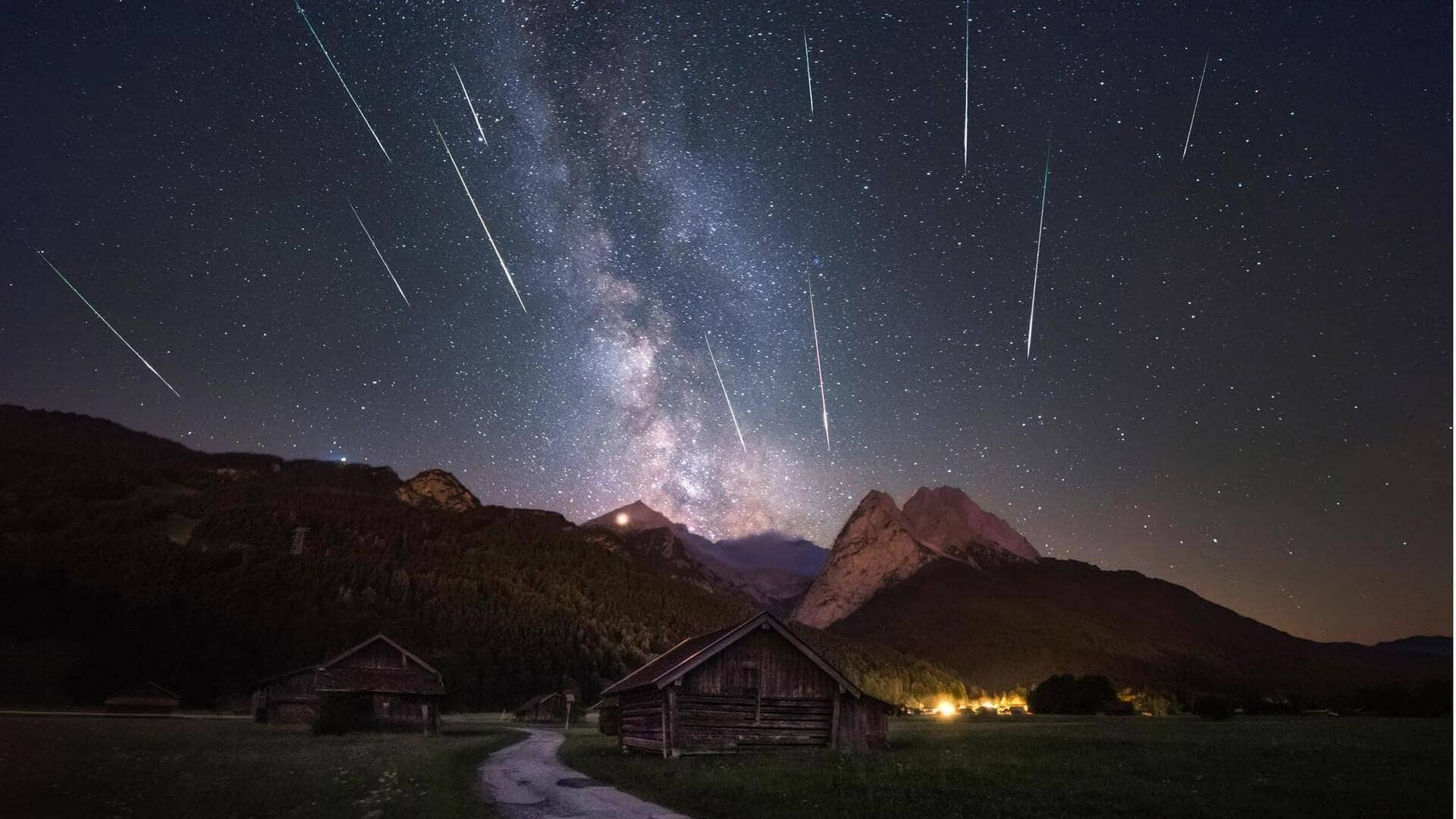
Northern Taurid meteor shower peaks tomorrow: Check NASA's viewing tips
What's the story
The Southern Taurids already peaked on November 5, and now it's the Northern Taurids's turn to dazzle the night sky around November 11-12.
The event will be especially significant for those living in the northern hemisphere.
The Taurids come from the debris of Comet Encke, which has a nucleus of about 4.8km and dazzling fireball meteors.
NASA meteor expert Bill Cooke stressed that while the frequency is low, the quality of meteors is where the Taurids really shine.
Lunar impact
Moon's brightness may affect Northern Taurids viewing
Although the Taurids are relatively less frequent (five to 10 meteors/hour), they are known for their bright displays and dramatic fireballs.
This year's viewing conditions were more favorable for the Southern Taurids with just 15% illumination at its peak.
But for the Northern Taurids, stargazers may find their views slightly affected as the Moon's brightness will be higher, around 84%.
The Taurids can be viewed almost worldwide except in areas below the South Pole.
Spotting guide
How to spot the Taurids?
To spot these mesmerizing shooting stars, viewers should first find the constellation Orion and then look toward Taurus.
NASA recommends finding as dark a spot as possible and giving your eyes about 30 minutes to adjust to the darkness. This will help make those elusive meteors pop against the night sky.
Midnight is the best time for meteor sightings, as this is when Taurus is high above in the sky.